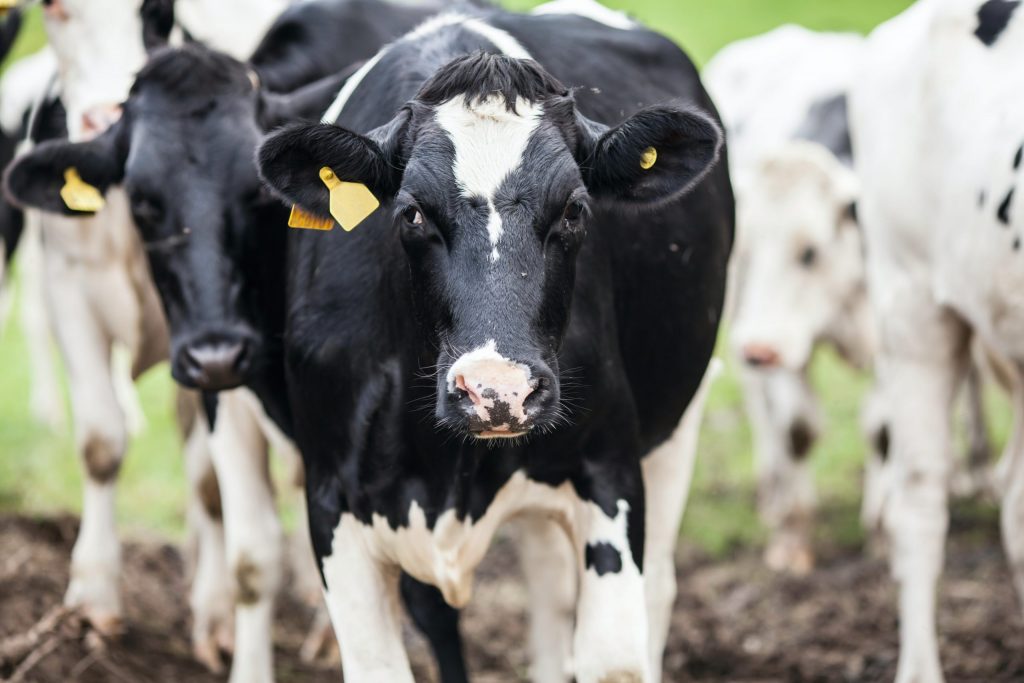
2003 was in it’s final days- everyone had their mind on the Christmas holiday- and then the cattle industry in the US got a hard jolt of reality about the fragile state of it’s well being. Michael Kelsey is one of those who lived through the event that was coined by some in the business as the “Cow that Stole Christmas” as December 23rd brought news that BSE had been found in a dairy cow in the state of Washington.
Senior Farm and Ranch Broadcaster Ron Hays also has lived through this event- and he talks with Kelsey about the announcement of Mad Cow Disease being found in the US- and how the industry responded and what was learned from what you might call an early black swan event. Listen to their conversation by clicking on the audio button above.
Kelsey says that he and his wife were visiting family in North Carolina when the call came in. Cell service was not great where they were- and it took a call to the house phone that finally reached Kelsey. He was serving as the Executive Director of the Oklahoma Beef Council at that time and he was told that USDA was planning a news conference shortly that was expected to have serious animal disease news.
That news conference held by then USDA Secretary Ann Veneman announced a “presumptive positive” case of BSE had been found- but she stressed it was not an act of terror and that the nation’s food supply was safe. Here’s part of her announcement from 2003
Kelsey tells Hays that the immediate concern of the Beef Council was to assure the public of the safety of the US Beef Supply- and early interviews with the media were designed to tell that story.
He credits the job done by the issues management team of the NCBA, a contractor to the Beef Checkoff, for helping get that story successfully across to consumers. He recalled how the industry had planned for that day in light of the BSE outbreak in England in the 1990s as well as early in 2003 when a case of BSE was found in Canada.
In May 2003, the first North American case of BSE was reported in Alberta, Canada, sending shockwaves through the highly integrated North American beef supply chain. The United States, along with many other countries around the world, immediately closed its border to Canadian beef and cattle.
Despite the import bans, in late December 2003, APHIS confirmed the first U.S. case of BSE in a dairy cow that had been imported from Canada to Washington State. The ‘cow that stole Christmas,’ as then Veterinary Services Deputy Administrator Dr. W. Ron DeHaven put it, sent the agency into full-on emergency mode. Holiday plans were canceled, and hundreds of APHIS employees were mobilized to determine the source of the disease, ensure that no animals from the affected herd had entered the food supply, and—along with other USDA agencies and the Food and Drug Administration—implement new prevention and surveillance measures.
Kelsey says that today- even when we have the occasional atypical case of BSE in the US- it causes little concern and is barely reported in the industry trade media- and not at all in the general media.
Kelsey does believe that going through this event has helped the US livestock industry be better prepared for future animal disease threats- especially for the cattle industry and the worry of FMD- foot and mouth disease.
The Beef Buzz is a regular feature heard on radio stations around the region on the Radio Oklahoma Ag Network and is a regular audio feature found on this website as well. Click on the LISTEN BAR for today’s show and check out our archives for older Beef Buzz shows covering the gamut of the beef cattle industry today.


















